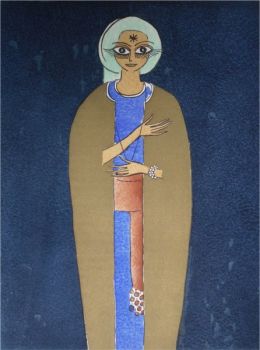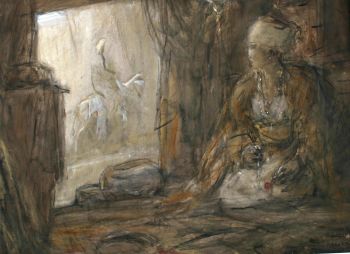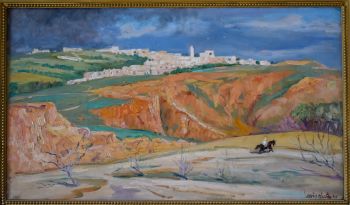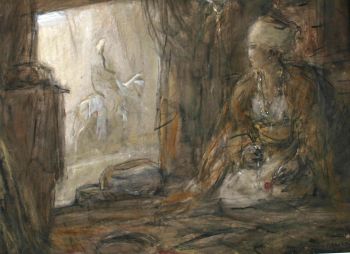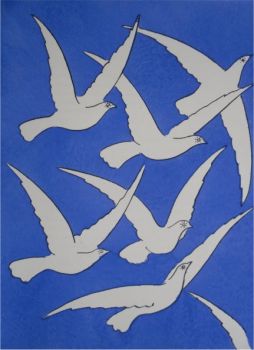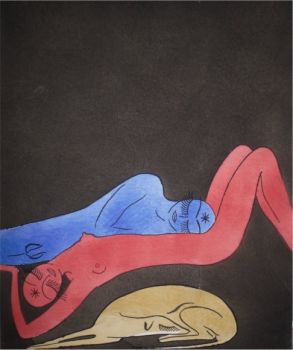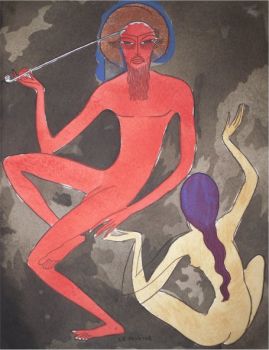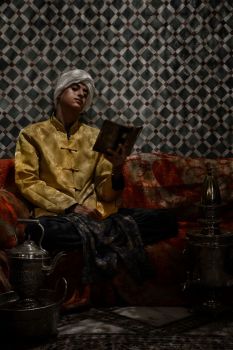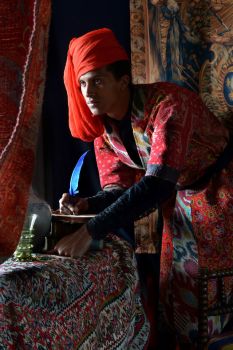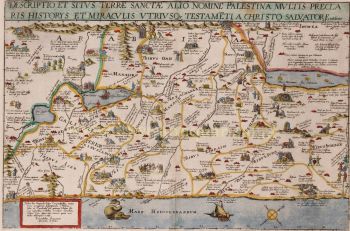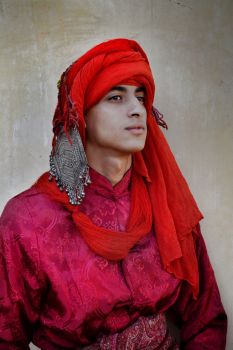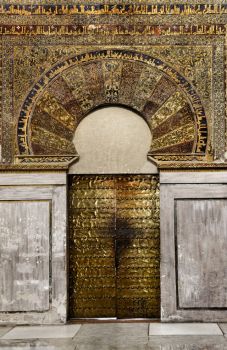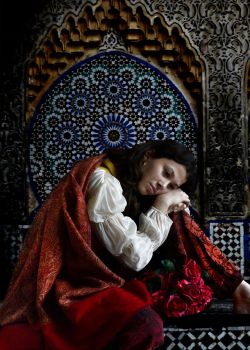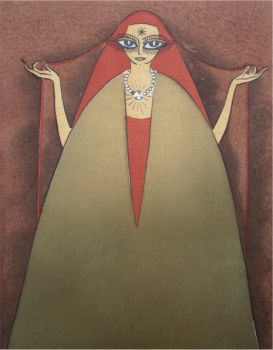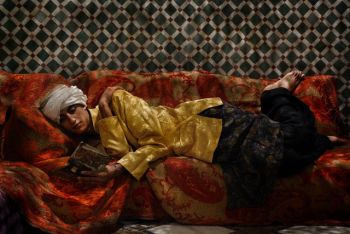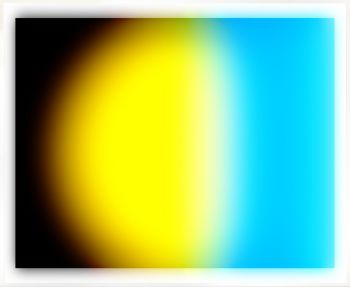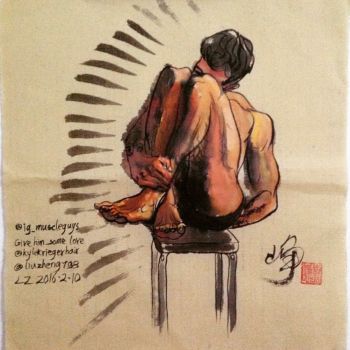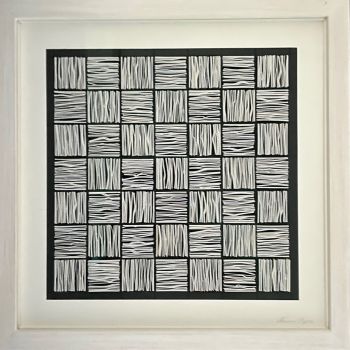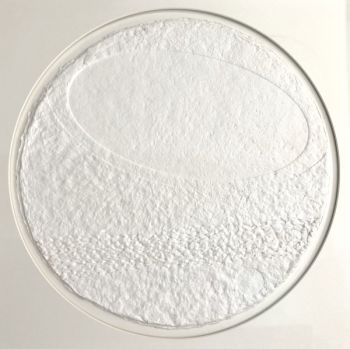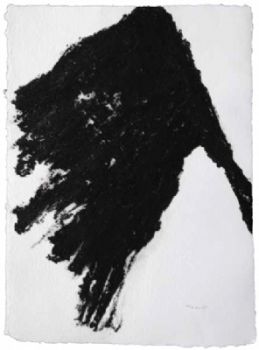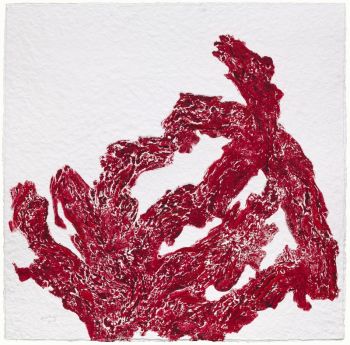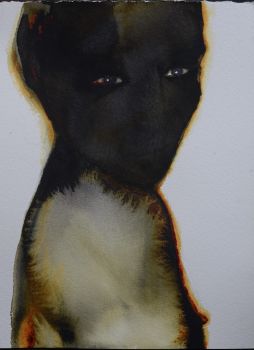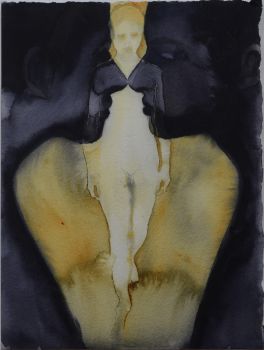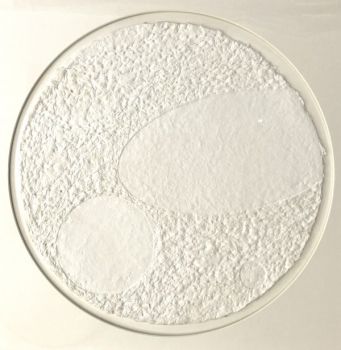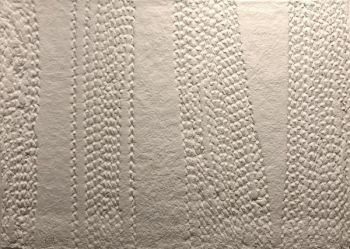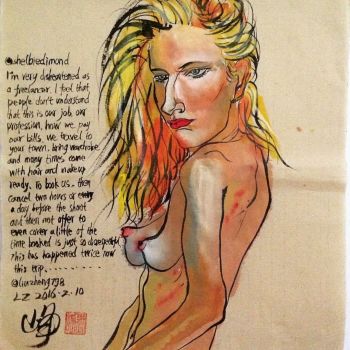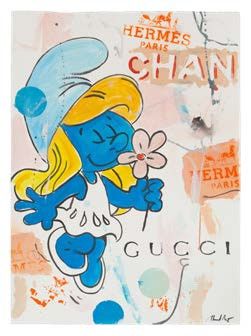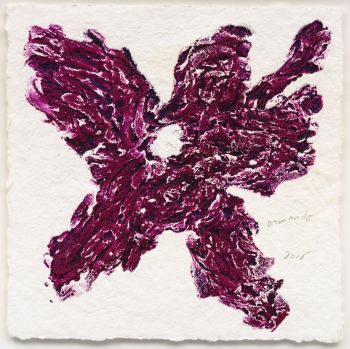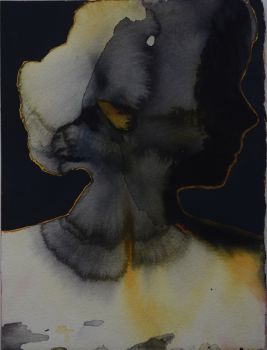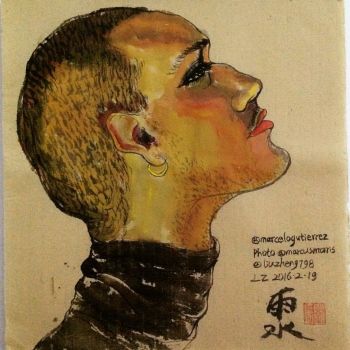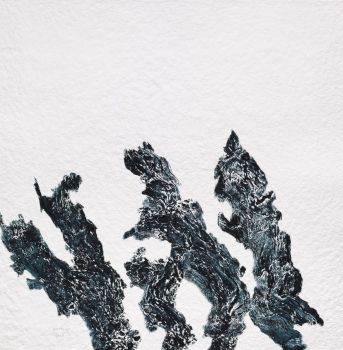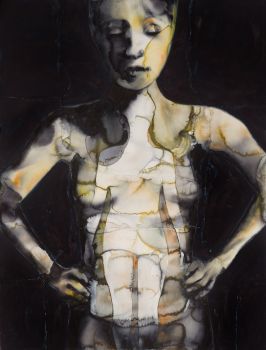Best edition of a classic Arabic grammar, with fables, proverbs and quotations 1656
Thomas van Erpe (Erpenius)
CartaCarta fatta a mano
Attualmente non disponibile tramite Gallerease
- A proposito di opere d'arteGrammatica Arabica; cum varia praxios materia, cujus elenchum versa dabit pagella.
Leiden, Johannes Maire, 1656.
2 parts in 1 volume.
4to.
Mid 19th-century half tan calf, gold- and blind-tooled spine.
Third edition, expanded and edited by Jacobus Golius, of Erpenius's classic Arabic grammar. The present edition is augmented with an Arabic chrestomathy that Fabricius had published in 1638.
Erpenius (1584-1624) revolutionized Arabic scholarship in Europe and made the Netherlands the most important European centre of Arabic studies before he died of the plague in 1624. His grammar remained the standard work in the field for two centuries.
With the owner's inscription on a free endleaf, and a meticulously lettered note on p. 42 of the Lockman fabels. Some small defects, but otherwise in very good condition, with only a small marginal tear repaired and an occasional minor and mostly marginal spot or stain. Binding with a restoration at the head and foot of the spine but otherwise good, with slight wear at the hinges and extremities. The best edition of a classic Arabic grammar.
Schnurrer 81 & 220; Smitskamp, Philologia orientalis 72; STCN (7 copies). - A proposito di opere artistaThomas van Erpe/Thomas Erpenius (1584, Gorinchem – 1624, Leiden), noto anche come Thomas van den Erpe, è stato un famoso orientalista olandese. Dopo aver studiato lingue orientali - gli consigliò Scaligero - e teologia a Leida, viaggiò in Europa. Soggiornando a Parigi fece amicizia con Casaubon, celebre studioso classico e filologo. A Parigi prese anche lezioni di arabo ea Venezia studiò il turco, il persico e l'etiope. Erpenius fu nominato professore di arabo e altre lingue orientali all'Università di Leida nel 1613. Vi fondò una tipografia per l'arabo e altre lingue orientali. Ha stampato la sua prima edizione delle favole di Luqman come prima pubblicazione di prova (senza punti vocalici per i tipi arabi). Le annotazioni che fece per la sua copia furono incorporate nella seconda edizione (con punti vocalici) del 1636. Le favole degli animali di Lukman erano una parte importante della cultura araba preislamica e sono ancora popolari oggi. La biblioteca di Erpenius fu trasferita alla Biblioteca dell'Università di Cambridge nel 1632. Ha prodotto molte opere, tra le altre grammatiche di diverse lingue orientali: arabo, ebraico, caldeo, siriano.
Artwork details
Related artworks
Antonie Derkinderen
Memory book Exhibition of Dutch Painting1892
Prezzo su richiestaKunsthandel Pygmalion
Engelbert Kaempfer
IL LIBRO DI ENGELBERT KAEMPFER1651 - 1716
Prezzo su richiestaZebregs & Röell - Fine Art - Antiques
Tilmanus Nicolaus Maastricht
Missale Romanum con fornimenti d'argento olandesi1788 - 1792
Prezzo su richiestaJacob J. Roosjen SRI
Tilmanus Nicolaus Maastricht
Missale Romanum con fornimenti d'argento olandesi1788 - 1792
Prezzo su richiestaJacob J. Roosjen SRI
LAWRENCE WEINER
"SKIMMING THE WATER [MENAGE A QUATRE]" Signed book plus small artwork2010 - 2014
Prezzo su richiestaGallerease Selected
Hermann Nitsch
"UNDER MY SKIN" Signed book incl. small artwork and DVD in a matching box2010 - 2014
Prezzo su richiestaGallerease Selected
Antonie Derkinderen
Memory book Exhibition of Dutch Painting1892
Prezzo su richiestaKunsthandel Pygmalion
Yoko Ono
YOKO ONO: "ARISING" SIGNED BOOK PLUS SMALL ARTWORK 2010 - 2014
Prezzo su richiestaGallerease Selected
1 - 4 / 22Artista Sconosciuto
IMPORTANTE E RARO GRANDE DIPINTO INDIANO "COMPANY STYLE" SU AVORIO RAFFIGURANTE UNA SFILATA1850 - 1900
Prezzo su richiestaZebregs & Röell - Fine Art - Antiques
 A cura di
A cura diDanny Bree
Elisabeth Treskow
Lapislazzuli afgano intarsiato con oro su un supporto d'argento1950 - 1960
Prezzo su richiestaJacob J. Roosjen SRI
1 - 4 / 24- 1 - 4 / 24

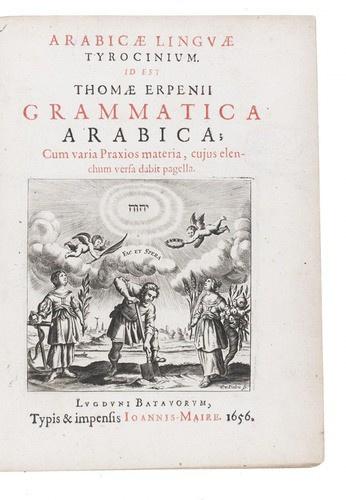








!["SKIMMING THE WATER [MENAGE A QUATRE]" Signed book plus small artwork by LAWRENCE WEINER](https://media-2.gallerease.com/images/442bfd5f-fc31-4e18-a2fa-ee0c08eade64/350x350/skimming-the-water-menage-a-quatre-signed-book-plus-small-artwork.jpg)













